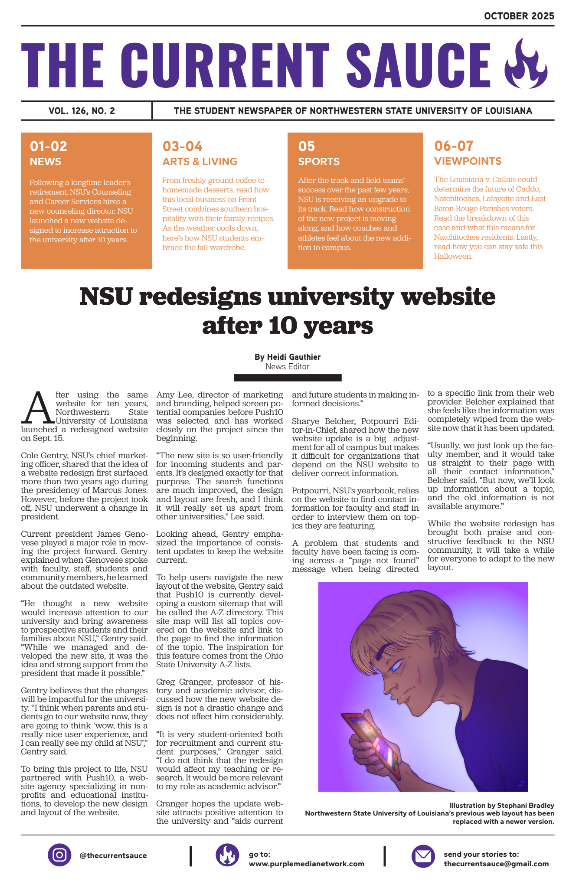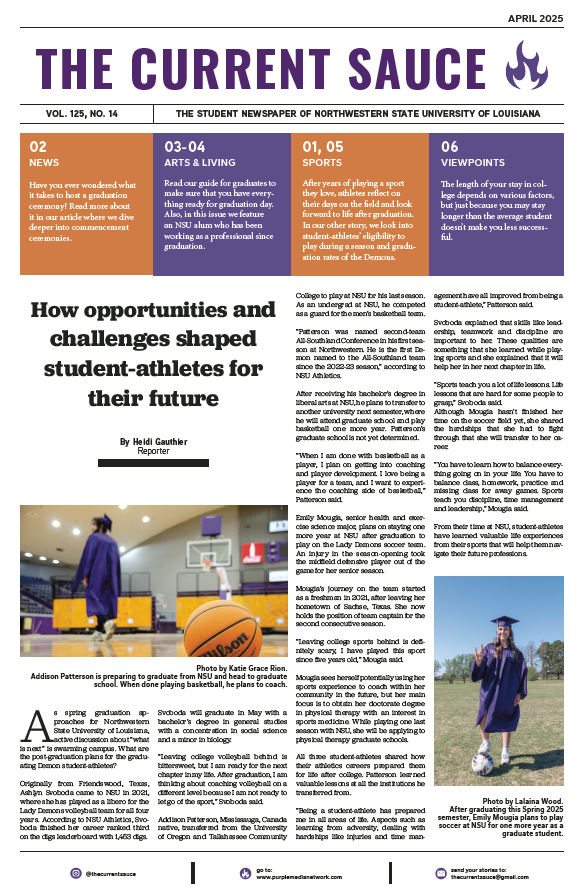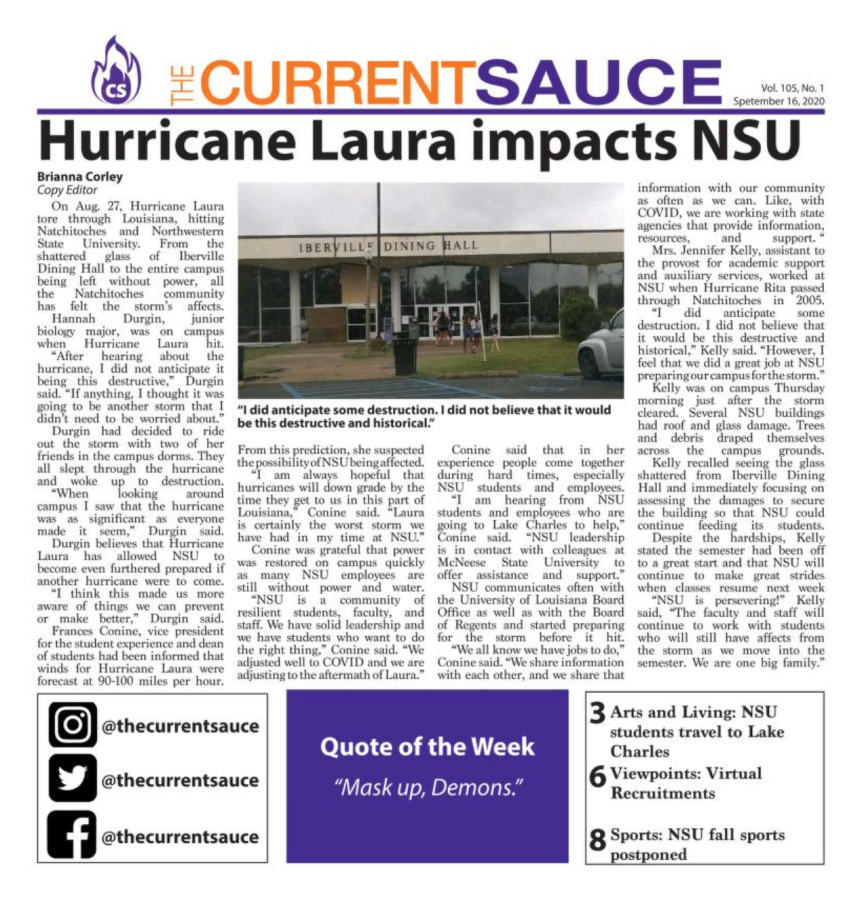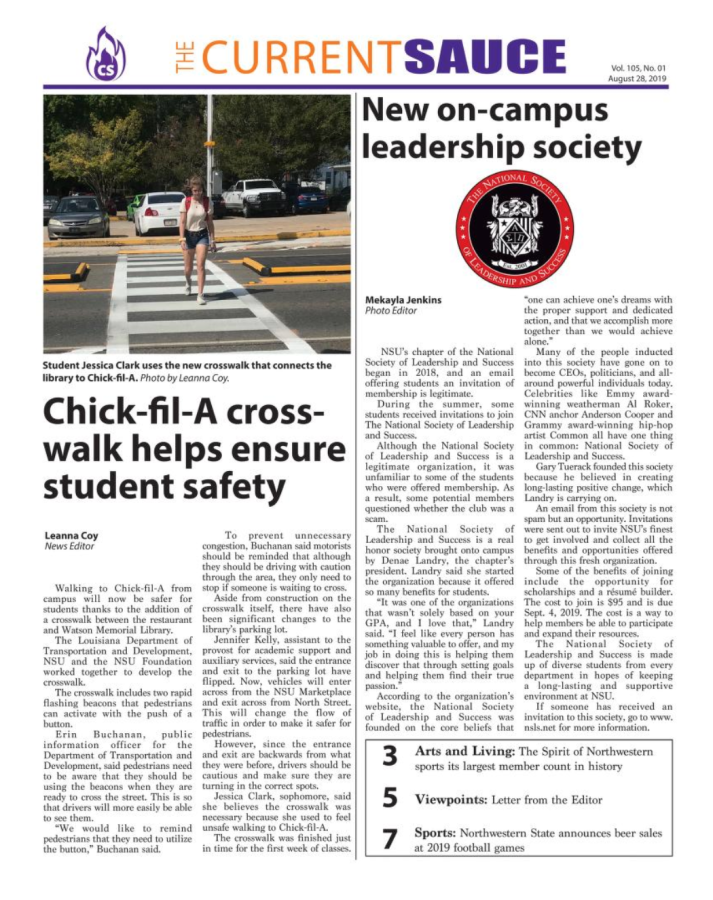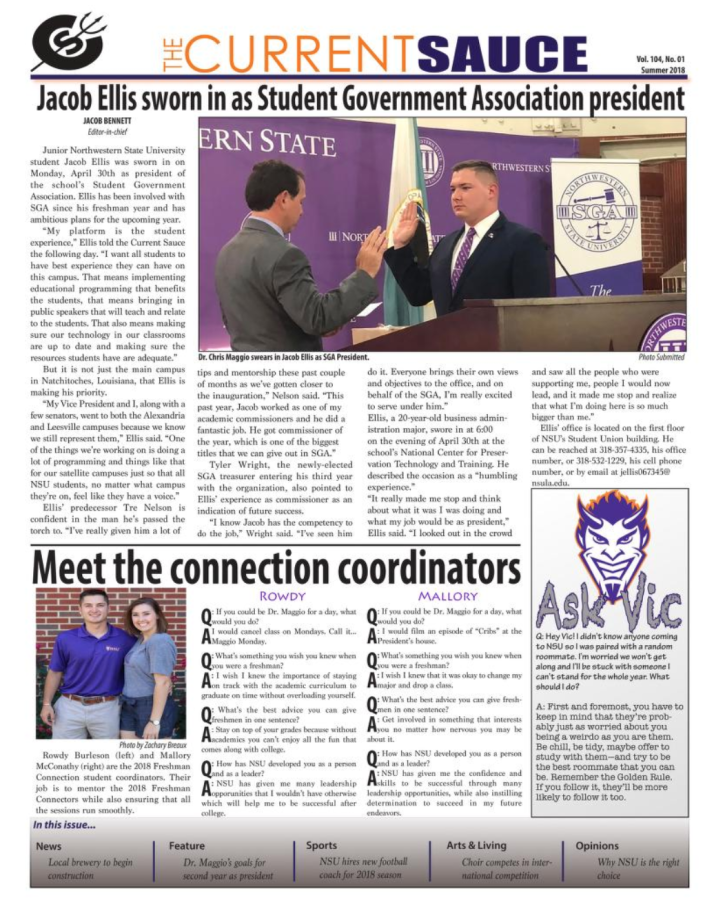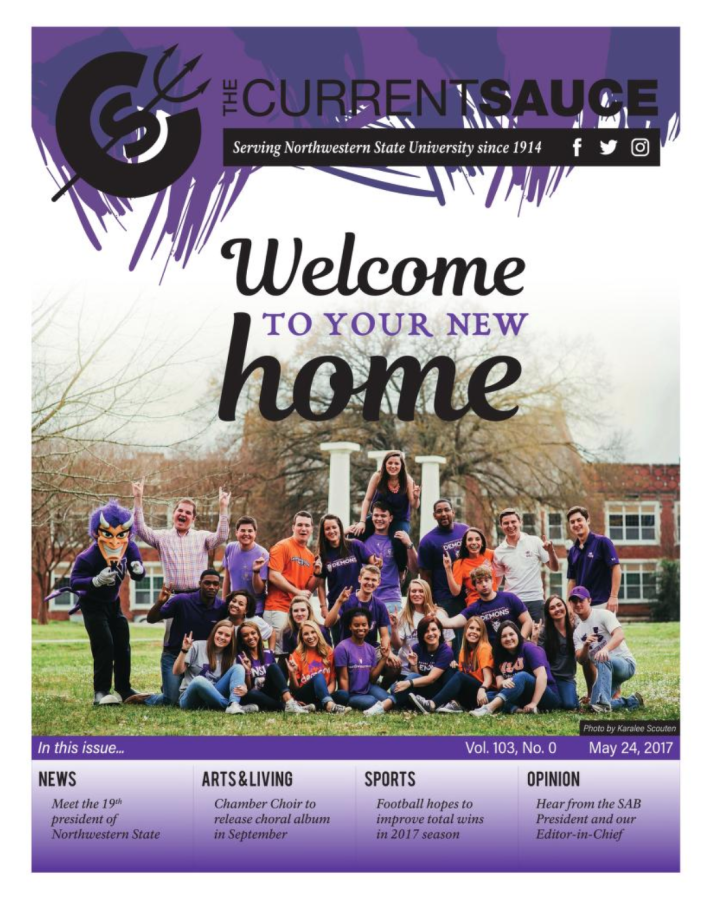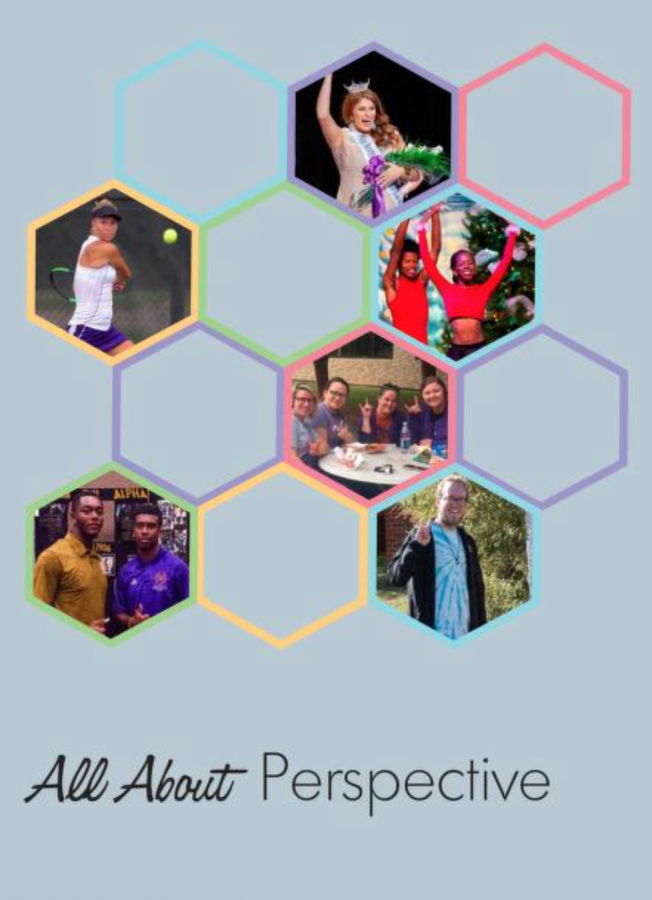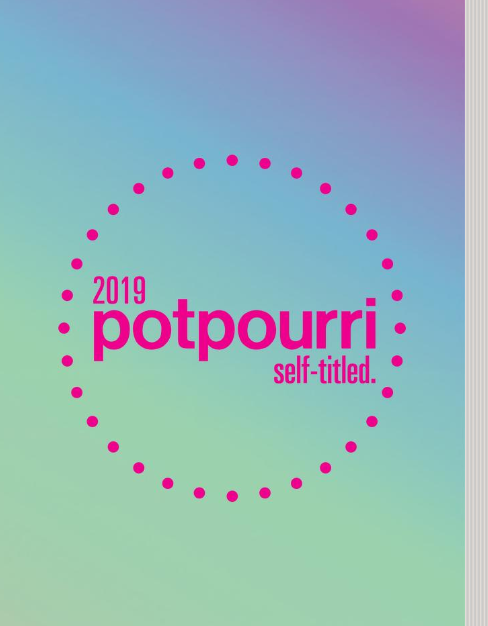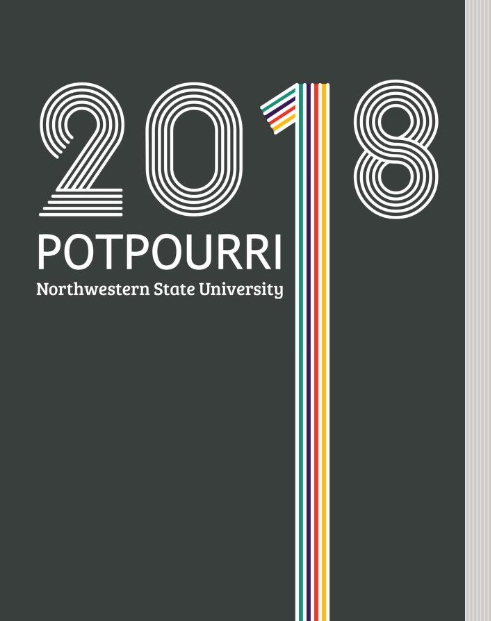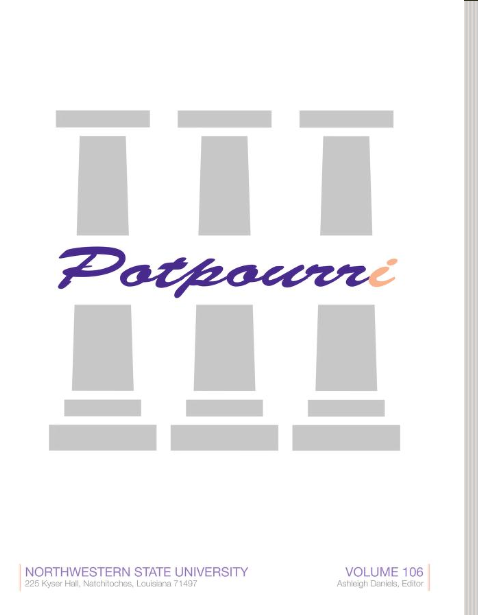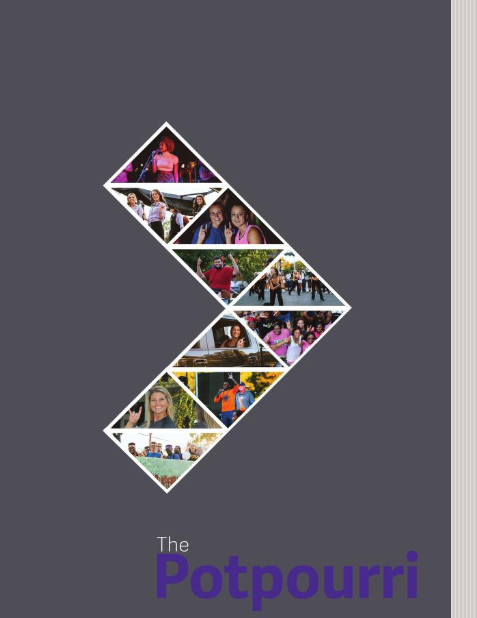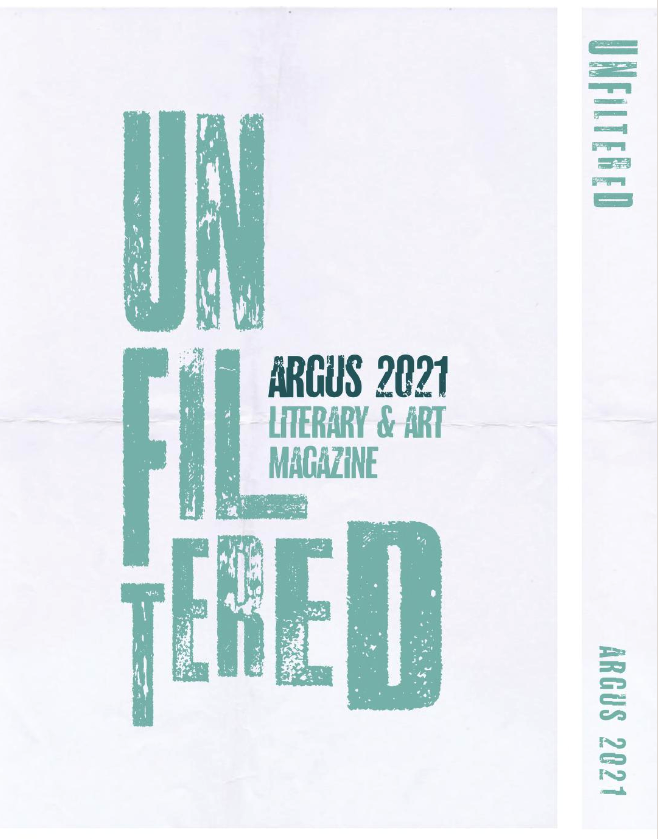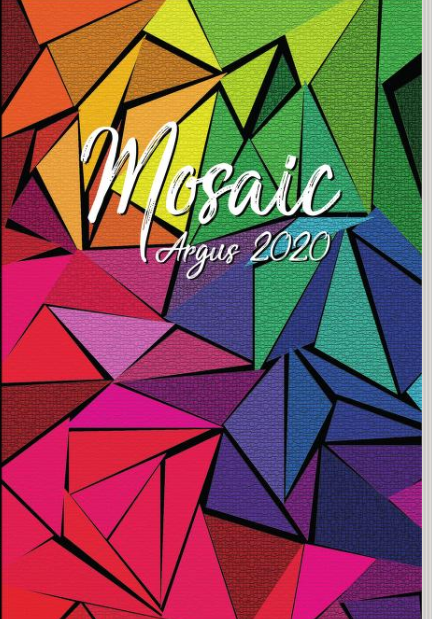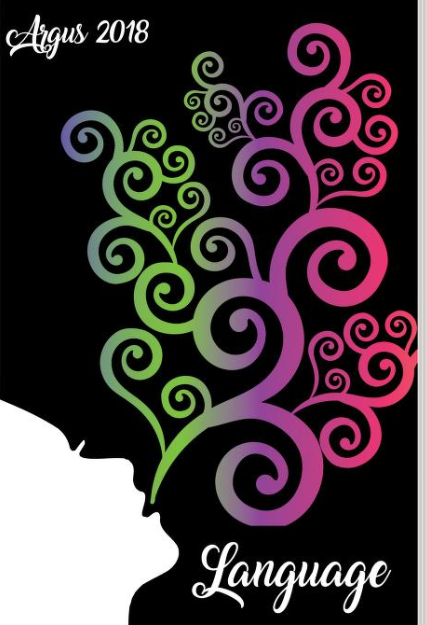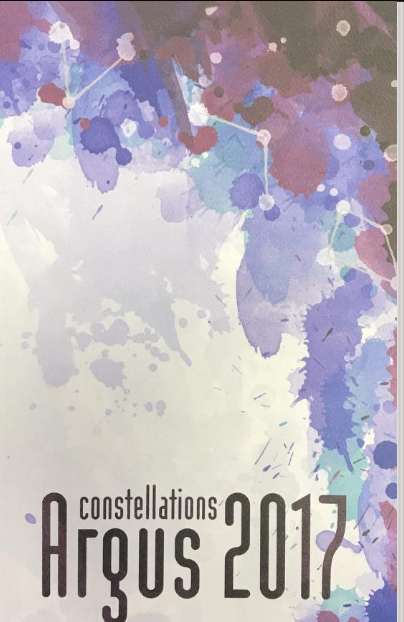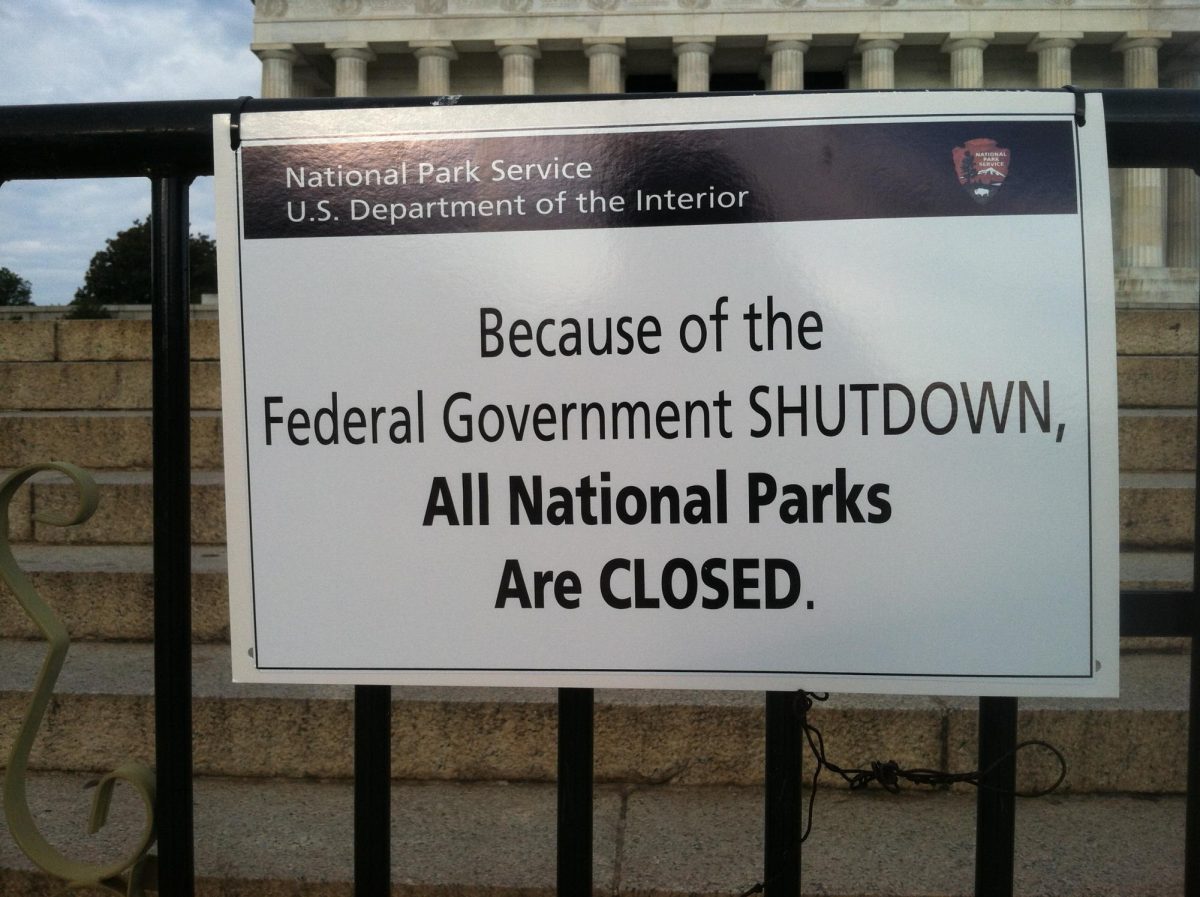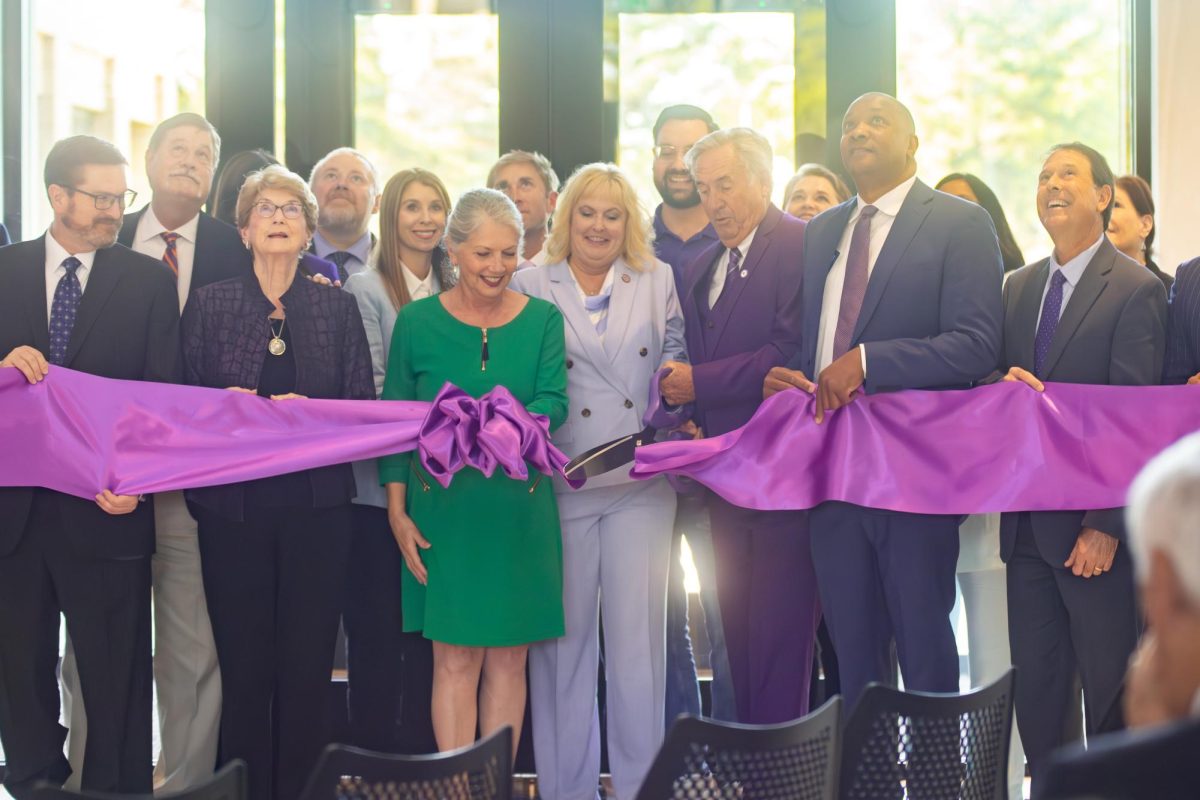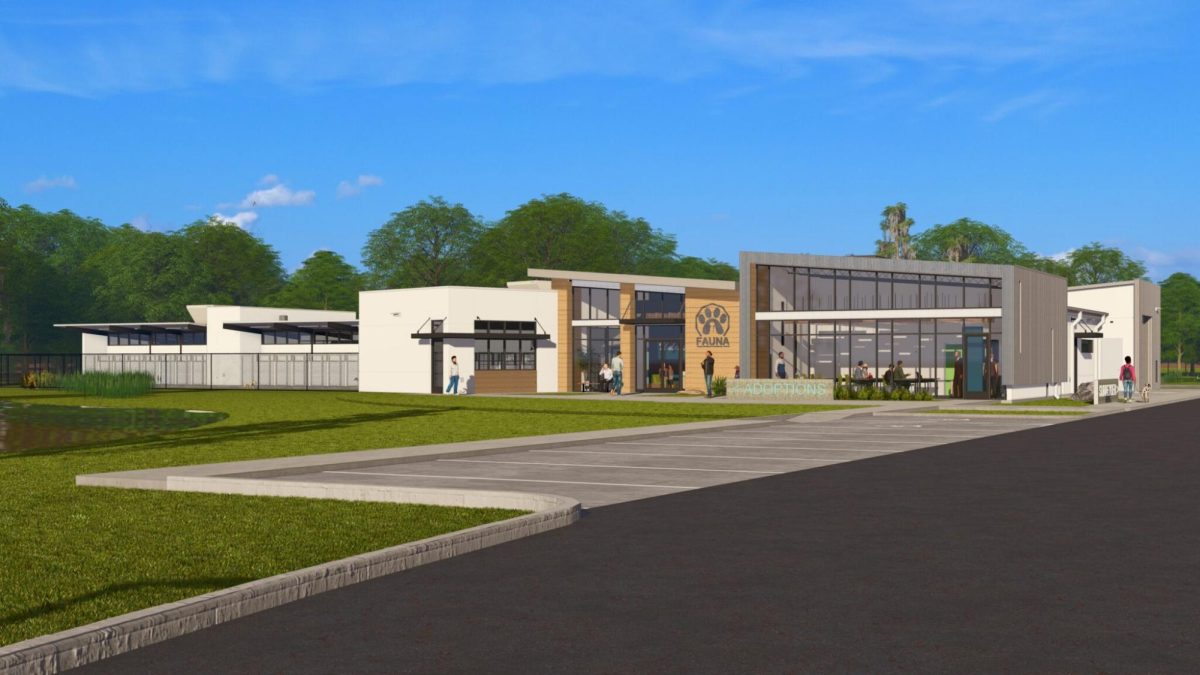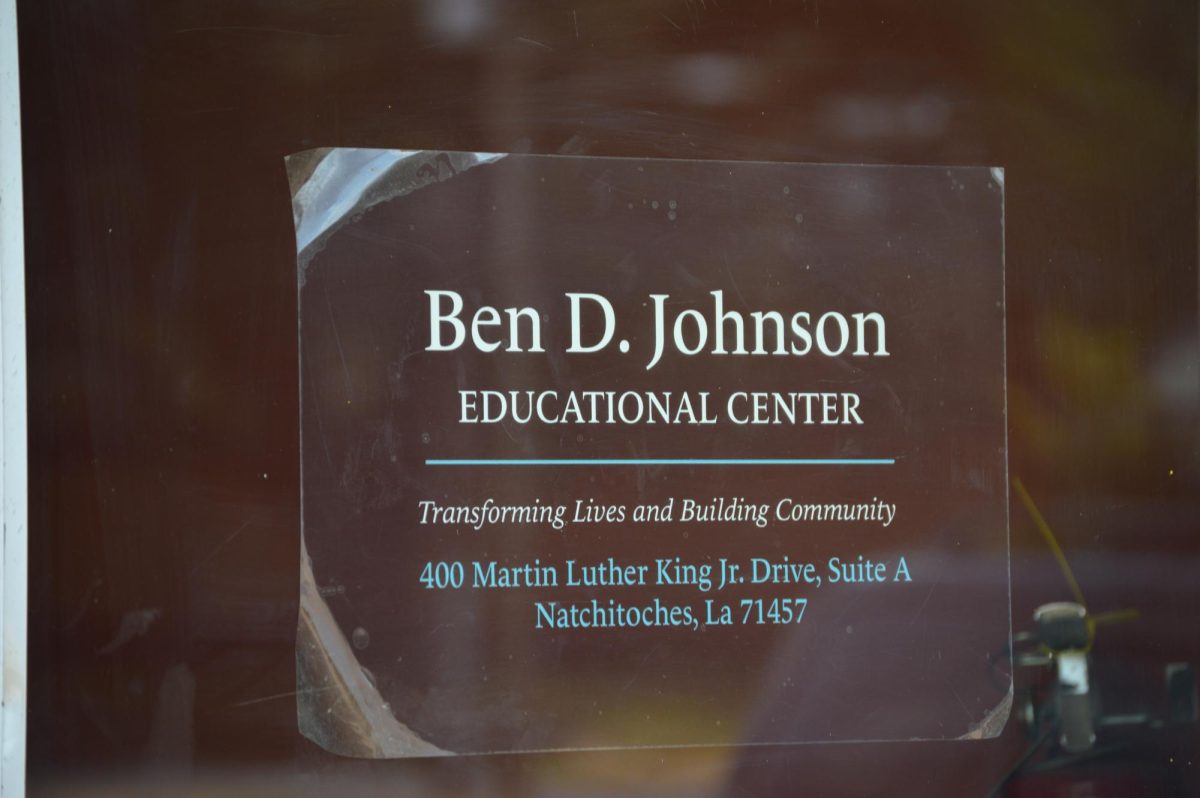The city of Natchitoches was established in 1714 as the first French colony of Louisiana and is known for its strong French heritage but lying underneath the surface there are many other cultures in Natchitoches history.
Heritages in Natchitoches are continually preserved by the efforts of Cane River National Heritage Area (NHA), a non-profit organization that works to preserve the culture of the Cane River region, and the Natchitoches Convention and Visitors Bureau (CVB), tourist information center of Natchitoches. One of those cultures being preserved is the Spanish influence in Natchitoches.
Within their efforts to preserve Natchitoches culture, several of the historic sites which Cane River NHA oversees follow the El Camino Real de los Tejas National Historic Trail, a national historic trail following the settlements and missions of the 18th-century Spanish colonial era in Spanish Texas into Natchitoches.
At historic sites such as the Los Adaes State Historic Site, which is Louisiana’s state historic site of the 18th century capital of Spanish Texas, Spanish history is preserved today by programs such as El Camino Real day which will be held on Oct. 19, 2024.
Nicole Connell, communication and marketing manager for the Natchitoches CVB, explained that the office will be working to promote the event through social media campaigns, press releases and with collaborations with their tourism partners. She hopes visitors will come to the area to embrace the area’s history.
“Events such as El Camino Real Day invite visitors to our area to explore our rich history and learn more about our deep cultural roots,” Connell said.
This event will sponsor activities to promote the El Camino Real throughout the Caddo region on historic sites spanning from Natchitoches to Nacogdoches. Sites for the event in the Natchitoches area will include Los Adaes, Fort Jessup and Fort St. Jean Baptiste.
“Experiencing El Camino Real Day will provide visitors and locals with a glimpse into the life of those who traveled through our area in the 1800s,” Cornell said. “As the inaugural El Camino Real Day is celebrated, we hope that visitors will enjoy a trip back in time in the oldest city in the Louisiana Purchase.”
Rhonda Gauthier, a retired cultural recreation and tourism representative for Louisiana State Parks and volunteer for the Cane River NHA, explained the historical significance of El Camino Real and Los Adaes.
“El Camino Real is the royal road, and the royal road was part of a trading network, so once the Spanish got here at Los Adaes, they began trading with Natchitoches,” Gauthier said.
The trading network created by El Camino Real allowed for fraternization between the French and the Spanish, which created a population increase and led to more trade between families. As the Spanish came into the area, they fostered cultural diversity in historic Natchitoches.
“This was a multiethnic site. When I say multiethnic, you had people here who were part Black who were slaves brought in, you had the American Indians slaves brought in who were Apache and then the French women married the Spanish men and the Spanish men married French women — it was multiethnic as a whole,” Gauthier said.
The Spanish heavily influenced the culture of the area.
“Downtown Natchitoches is basically all Spanish; some architecture is Spanish, you’ve got family connections, social connections, the church played a big role … even today, you have people who were what the historians call the arisaños, people that live here those of Los Adaes or those of Adeas,” said Gauthier. “The descendants are living here still in Natchitoches, and in the family connections you have the Spanish history, in the names there’s Spanish names, the catholic church has a lot of Spanish influence also, and in the legal Spain when they got to Louisiana and even here in Natchitoches they set up the police jury that set up laws which are still in place today.”
Though the Spanish heritage and influence in Natchitoches is not well-known by the community, the Cane River NHA is actively working to change that.
“Cane River National Heritage Area just helps out by us being here and doing programming to let people be aware that the cultural heritage is still here,” Gauthier said. “We keep the building clean and we give tours and we’re here for any visitors who want to come out.”
Los Adaes is also open for school field trips and educational opportunities made by appointment. Gauthier feels it important to keep teaching the history of these places as it plays a crucial part in preserving heritage.
“We just make tourists aware, tourism- you know- we talk about the Spanish influence, the French influence, the German influence, all the different ethnic groups that make Natchitoches,” Gauthier said.
Similar to the Cane River NHA, the Northwestern State University of Louisiana’s Creole Heritage Center advocates for the preservation of history of all cultures. Kent Peacock, assistant professor of history and NSU’s Creole Heritage Center director, talked about the importance of keeping heritage of any origin alive.
“I see this in the classes that I teach often; one of the ways that people get really into history or feel connected to who they are and who their ancestors were is when they actually see it,” Peacock said. “Then people will have that kind of connection and fuller understanding of both themselves but also of the past.”
Peacock feels that the Natchitoches community should have the opportunity to feel that sense of connection to Spanish history.
“I think all of our historic sites in the area need to represent the actual history and the people that are here, so I think that any of the sites that we can tell the story of those who have Hispanic heritage, certainly we absolutely need to include that in those sites,” Peacock said.
In Natchitoches, with sites like El Camino Real, visitors can gain a connection and understanding about a broader history as well.
“The El Camino Real in particularly is here in Natchitoches, but it goes all the way into Texas so it’s kind of like it’s not just about the local history of Natchitoches and the surrounding areas, but it helps see this broader history as well,” Peacock said.
Peacock believes there are reminders of history all around. From street names to architecture, members of the community and visitors can find ways to connect with the Spanish heritage of Natchitoches.
“In terms of the Spanish connection, it really is including that as many places as we can,” Peacock said. “The French history and heritage of the area is kind of mostly well known, so maybe that means we need to focus a little bit more on the Hispanic heritage for a while to kind of get people up to speed.”
Events like El Camino Real Day and historic sites like Los Adaes allow for visitors to not only learn about but connect with the heritage of Natchitoches.
“I think just in general Spanish history isn’t as well known, and Hispanic history isn’t as well known, so maybe we need to do a little bit of a job to make it known,” Peacock said.

